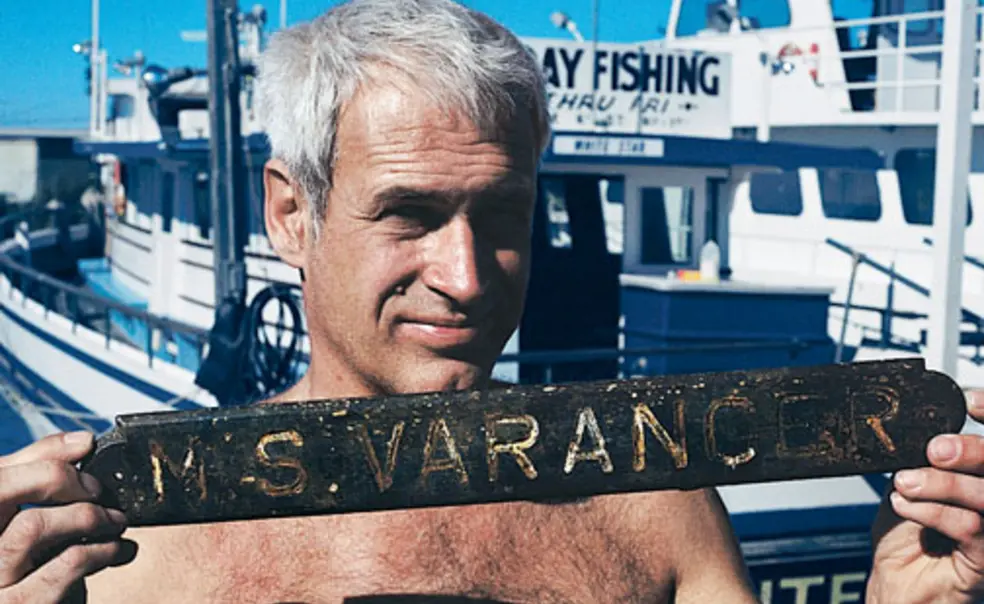Alumni Profile: Michael deCamp '49, diving for decades to the ocean floor
In a recent dive off the coast of North Carolina, Michael deCamp ’49 was 130 feet below the surface, exploring the wreck of an old luxury liner, when he swam right into a sand tiger shark. “I was surprised, and the shark was surprised,” deCamp recalls. “We both turned around and ran the other way.”
At 81, deCamp, known as the “father of Northeast wreck diving,” is one of the oldest active scuba divers. Most divers start hanging up their tanks by their 60s, and deCamp says he hears only occasionally about other octogenarians.
DeCamp’s first dive was in 1956, courtesy of a friend associated with the New York Aquarium. Hooked, deCamp started rounding up buddies to dive to shipwrecks, which are among the best places to view a great deal of marine life.
A retired elementary school science teacher, deCamp earned his reputation by leading the first recreational dives to dozens of vessels lying on the floor of the Atlantic — submarines, freighters, and passenger ships. The most famous was the Italian ocean liner Andrea Doria, which went down in 1956 off the Massachusetts coast and is known as the Everest of Northeast diving.
In addition to exploring wrecks, deCamp participated in a National Science Foundation trip to Antarctica to study Weddell seals in 1965–66. He also worked on the 1965 film In the World of Sharks and invented pieces of scuba equipment still in use today, including the pony bottle (a backup oxygen tank) and the Jersey line (a cord to help divers return to the surface when they can’t find the anchor line).
DeCamp, a New Jersey native who lives in North Carolina, still dives about 10 times a year. “Some people are interested in climbing the highest mountains in the United States,” he says. “I’d always wondered, even as a child, what was on the bottom of the ocean.”












No responses yet